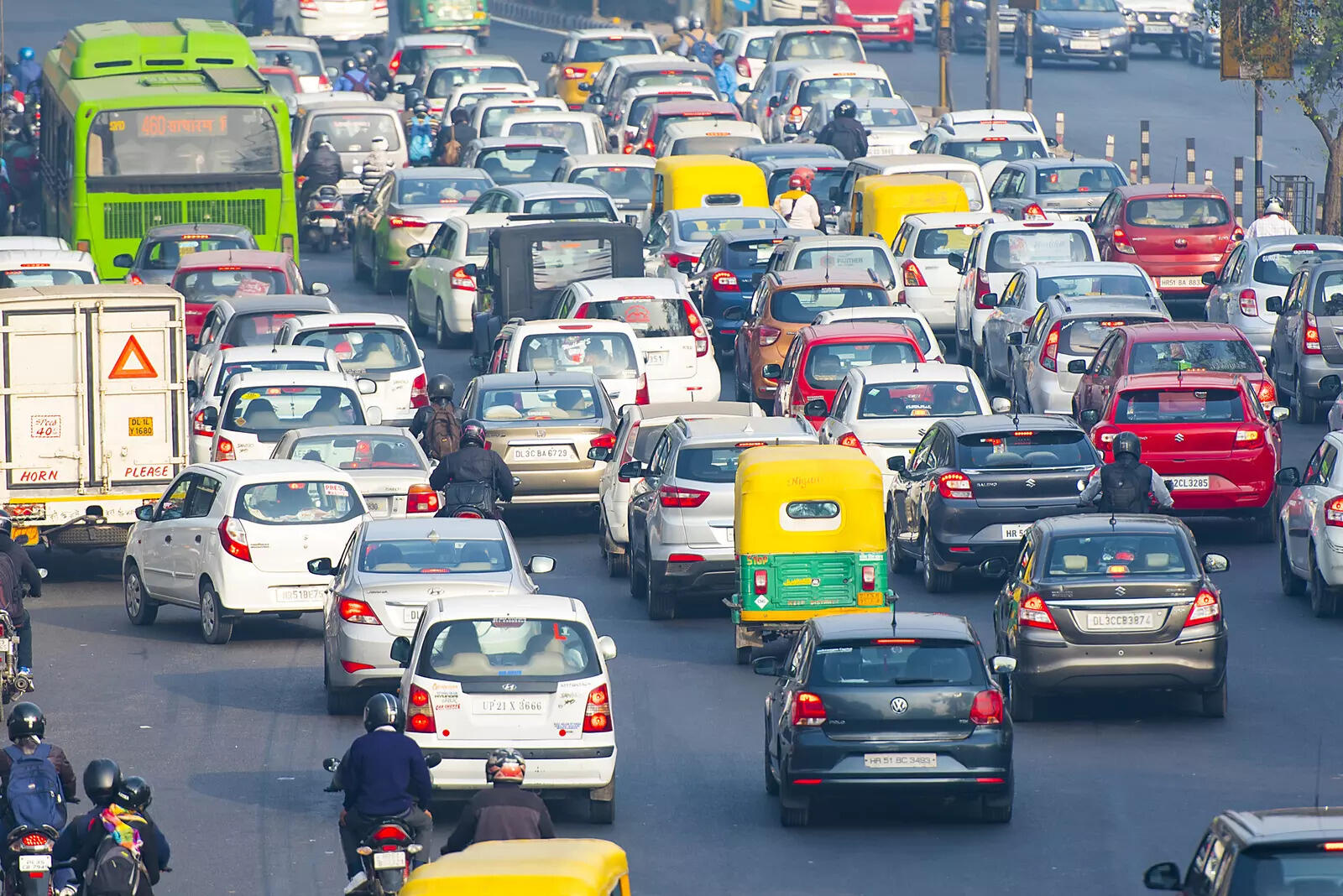
The debate among scientists and environment policy experts over what really drives vehicle pollution has heated up in Delhi after the Commission for Air Quality Management‘s (CAQM) directive of denying fuel and impounding end-of-life vehicles from July 1 onwards.
Petrol vehicles that are over 15 years old and diesel vehicles that are over 10 years old are in the direct line of fire of CAQM’s Direction 89. The direction’s aim is to reduce emissions, but environmentalists and automotive experts have questioned whether a vehicle’s age should be the only parameter for such an action.
The Centre for Science and Environment (CSE), which has been part of several scientific studies on pollution in Delhi-NCR, said that it does not recommend phasing out vehicles based on age. Rather, improving fuel and emission standards was what it had advised. Experts at CSE, along with researchers at IIT-Delhi and Delhi Technological University (DTU), advocated for improving the pollution under control (PUC) regime to ensure that vehicles on the road are well-maintained.
“In its decades-long campaign on the right to clean air, CSE has never recommended the phase-out of personal vehicles based on age. Instead, we have recommended the improvement of fuel and emission standards for vehicles – from BS-0 in the mid-1990s to BS-6 introduction in 2020,” CSE said.
It added that it recommended the use of technology such as remote sensing to monitor emissions and identifying polluters while advocating an improved and stringent PUC regime to ensure that on-road vehicles are better maintained. “We know that vehicles, including personal vehicles, contribute the bulk of toxic air emissions, and therefore, we have also recommended massive augmentation of public transport and mobility systems, and vehicle restraint measures like increased parking rates and parking management area plans. It is only in the case of commercial vehicles, like trucks, that CSE has researched and recommended targeted fleet renewal and scrappage, but this also with incentives for commercial vehicle owners to replace fleets,” CSE said. Some other experts, however, pointed out that the age of the vehicle was a telling factor on the possibility of higher emissions.
Deepty Jain, assistant professor at the Transportation Research and Injury Prevention Centre in IIT Delhi, said that the tail-pipe emission of a vehicle depends on the vehicle’s age, make, model, kilometres driven, and fitness. “If the annual average kilometres driven is high, one can expect its average emissions per kilometre to be higher than newer vehicles,” she said.
She added that age becomes one of the benchmarks to omit the emitting vehicles. “The problem is that for vehicles, a baseline must be set. Obtaining a PUC certificate is not difficult, as also the fitness certificate. So how do I really discourage people from using older vehicles? I cannot do anything else but look at the age,” Jain said.
A 2018 TERI-ARAI study said that approximately 40% of PM2.5 was generated by the transport sector. A recent CSE study based on data from the Indian Institute of Tropical Meteorology said that around 50% of Delhi’s air pollution was caused by vehicle emissions. Experts also pointed out that the existing PUC system was faulty and outdated. A study by DTU even proposed an air quality measure such as an exhaust emission index (EEI) to replace the current PUC system. This EEI would largely rely on the idle testing of carbon monoxide and hydrocarbons emission for petrol vehicles and smoke density for diesel vehicles.
Dr Rajeev Kumar Mishra, associate professor of environmental engineering at DTU, said maintenance records could be identifiers. “Identifying vehicles for phasing out should be based on accumulated mileage, maintenance records and performance by emission norms, not just by age,” he said.
In 2024, three armoured vehicles used in the Prime Minister’s security were denied registration extension by NGT on the grounds of pollution in Delhi-NCR. The Special Protection Group pointed out that the vehicles had only covered 6000, 9500, and 15,000km. However, the BS-III vehicles, then set to de-register in December 2024, were denied extension up to 2029.
Green activist Bhavreen Kandhari called the no-fuel policy “troubling”. The policy encourages people to scrap older cars and buy new ones, which would increase the total number of vehicles on the road. “Clean air won’t come from newer vehicles. It will come with fewer vehicles. That means shifting the focus towards reducing private car dependency,” she said.
